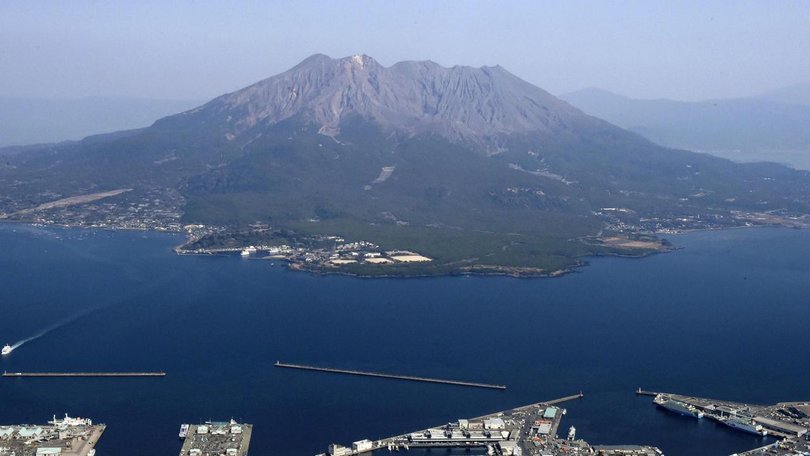Japan hit by 6.6 earthquake near feared Nankai Trough region, prompting tsunami warning in southwest

A strong earthquake with a magnitude of 6.6 has hit southwestern Japan, but authorities say it did not warrant the kind of megaquake warning that was triggered for the first time last year.
A quake with a preliminary magnitude of 6.9 struck the Kyushu region at 9.19pm on Monday (11.19pm AEDT), the Japan Meteorological Agency said.
A tsunami warning was issued for Miyazaki Prefecture, in the southwest island of Kyushu, where the tremor was centred, and the nearby Kochi Prefecture. The warnings were later lifted.
Sign up to The Nightly's newsletters.
Get the first look at the digital newspaper, curated daily stories and breaking headlines delivered to your inbox.
By continuing you agree to our Terms and Privacy Policy.The quake, centred at a depth of 30 kilometres, shook a wide area in Kyushu, the southwestern main island, the JMA said.
There were no immediate reports of damage. Residents in some coastal areas were told to evacuate as a precautionary measure.
One man was slightly injured in Kyushu after falling down some stairs, public broadcaster NHK TV reported. Trains stopped running in Miyazaki Station, stranding passengers.
NHK said a tsunami, estimated to be as high as one metre high, reached land within 30 minutes of the quake.
The waters detected at Miyazaki Port measured 20 centimetres high, the reports said.
People were warned to stay away from the waters, including rivers.
JMA official Shigeki Aoki told reporters that people should watch for landslides as well as falling objects in homes. Aftershocks are possible, especially in the next two or three days, he said.
After an investigation, the JMA said the quake did not warrant special measures related to seismic activity in the Nankai Trough.
The Nankai Trough, where the Philippine Sea Plate is slipping under the Eurasia Plate at the bottom of the sea off the southwest coast of Japan, produces massive earthquakes about every 100-150 years.
Strong quakes nearby are seen as a potential indication that a megaquake could be more likely.
The JMA in August issued a week-long advisory for a “relatively higher chance” of a megaquake as powerful as magnitude 9 after a magnitude-7.1 quake hit the country’s southwest.
There were no abnormalities reported at the Ikata Nuclear Power Plant in western Japan or the Sendai Nuclear Power Plant in Kagoshima prefecture after Monday’s quake, NHK said, referring to the two plants nearest to where the quake occurred.
NHK TV footage showed moving traffic and well-lit streets, meaning that electric power was still working. No problems were detected at the various monitoring posts for nuclear plants in the area.
Japan is frequently hit by earthquakes because of its location along the Ring of Fire, an arc of volcanoes and fault lines in the Pacific Basin.
Experts at the meteorological agency met late on Monday to gauge how the latest temblor may be related to the so-called Nankai Trough quakes, but decided not to take any extraordinary measures for the time being. The term refers to a wide region believed to be prone to periodic major quakes.
A Nankai Trough quake off Shikoku in 1946 killed more than 1300 people. The area was hit by a 7.1 magnitude quake in August last year
— with AP
